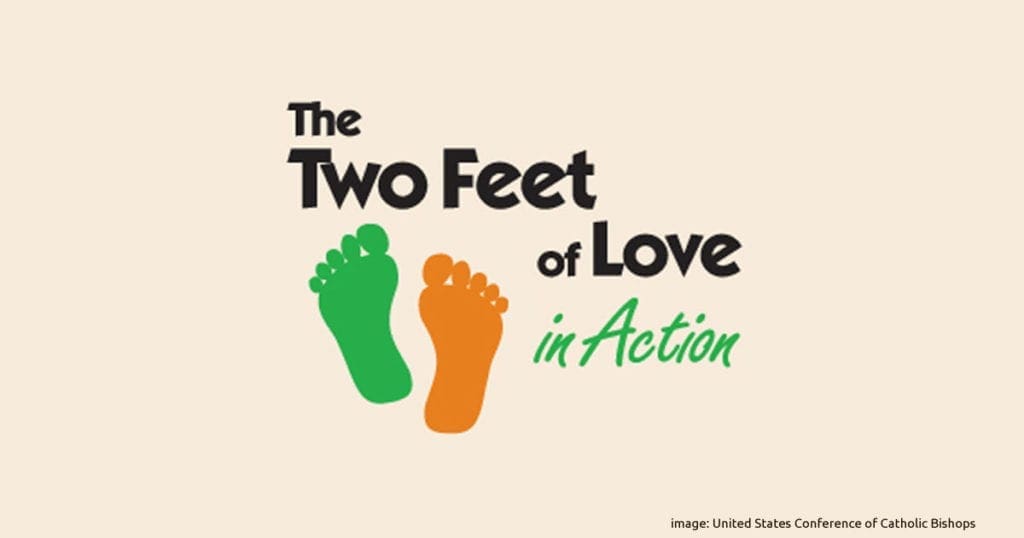
The Limits of Pope Francis’ Imagery
I am a great fan of the imagery of Pope Francis. He says so much with the images he uses. I particularly like his image of the church as “field hospital” So when I saw the title “How the Pope’s Imagery on Critical Care Can Overlook Long-term rehab” I immediately read it.
Among the key points of Fr. Imbelli…
- Pope Francis’s famous image of the Church as a “field hospital” is so often invoked that it’s easy to forget that a field hospital is about critical care, not long-term recovery. For that, the Church also needs places where the Christian life can be nourished and deepened — a role the new movements play well, when they overcome their tendency for in-fighting.
- Field hospitals provide immediate and urgent care for critical situations. But this legitimate need does not gainsay the imperative for more in-depth diagnosis, which may necessitate the patient’s transfer elsewhere to treat not merely the symptoms, but the deeper causes of the disease.
- Thus, successful therapy and ultimate healing also demand the presence of a skilled pathologist able to discern the roots of the affliction.
(Imbelli does contend that Pope Francis’s own diagnoses of the spiritual malaise and pathologies of our time have not received the attention they merit.)
Vincentians who walk on one foot
As I read the article I thought of parallels to an implicit discussion going on between two groups of the followers of Vincent and Louise. At the risk of over-simplifying,.. One group is strongly committed to “up close and personal” direct aid to those who are in need. This is the way we have always (in recent times at least) done things. The other group is strongly committed to addressing underlying causes and long terms solutions. They stress advocacy for systemic change as a priority.
The United States Catholic Conference has its own way of expressing it.
Catholic disciples on mission are called to put Two Feet of Love in Action! This foundational tool describes two distinct, but complementary, ways we can put the Gospel in action in response to God’s love: social justice (addressing systemic, root causes of problems that affect many people) and charitable works (short-term, emergency assistance for individuals).
Archbishop Camera of Brazil once commented, “When I tried to help the poor, people said I was a saint. When I asked why they were poor, people called me a communist.”
The Archbishop touches on a rather widespread irony. Sometimes people applaud those who try to help the needy through direct assistance but they are critical of any attempt to change the structures that put people in need.
The Vincentian Both/And
What can we learn from the wisdom of our founders?
St. Vincent was not an either/or thinker.
To take care of the spiritual and temporal needs of the poor … is to preach the Gospel by words and works … It is what Our Lord did (CCD:XII:77-78)
He was rather explicit on this when he addressed his contemporaries who might be inclined to one side or the other.
In an address to one of the early Vincentian Family Gatherings ten years ago in Princeton NJ “Going with God’s Flow” Regina Bechtle, SC said
As Vincent, Louise, Elizabeth, Catherine, Rosalie, Frederic, and Thomas listened to the Word of God and pondered God’s ways with humans, something happened, something clicked. As they contemplated Jesus Christ, evangelizer of the poor, source and model of all charity, they had the intuition that the WAY TO GOD IS THE WAY OF BOTH/AND, not either/or. As they faced the tensions and conflicts of their times, as the Spirit opened their eyes wider and wider to see the face of Christ everywhere, they planted themselves firmly in the “AND.” Not with their heads in the sand, but with their heads and hearts and bodies in the “AND.”
Action AND prayer
Solitude AND community
Head AND heart
Now AND not-yet
Charity AND justice
Service that is material AND spiritualAND is a key Vincentian word. Our founders were people who lived at the extremes and chose to hold them together.







Thank you!
John, very clear and accurate. We need to be “both, committed to direct aid and at the same time committed to seeking to address and eliminate the root causes of poverty.”